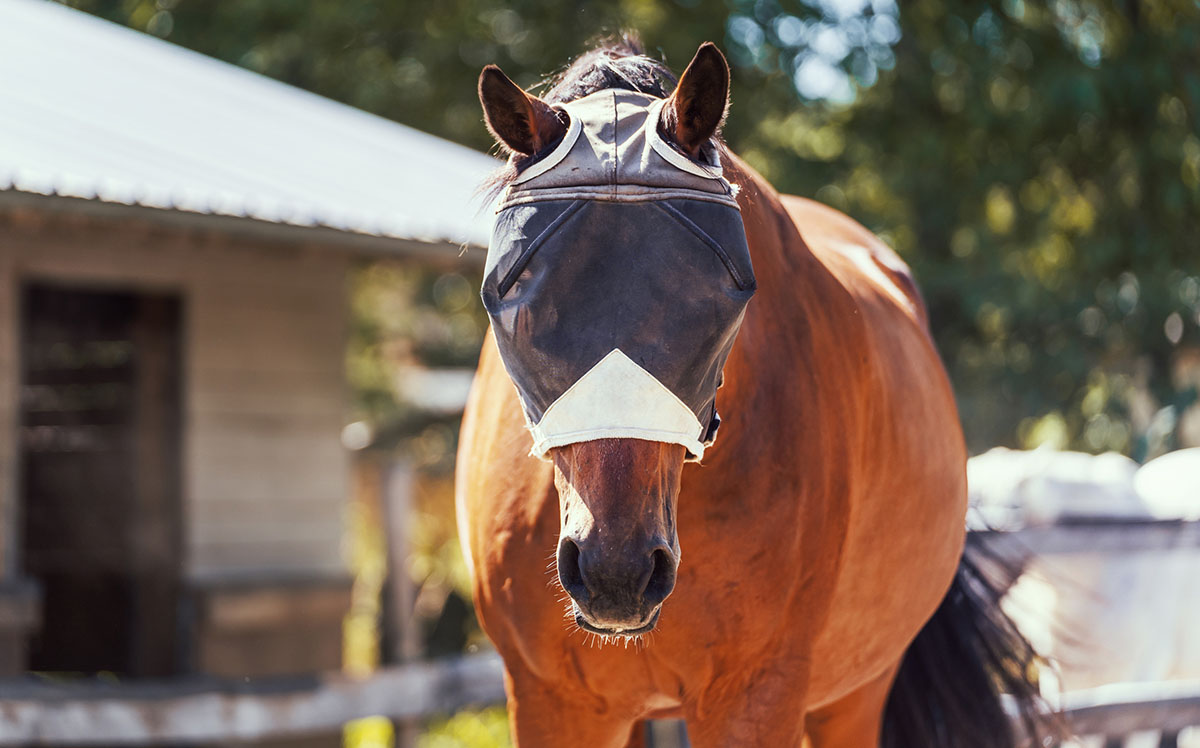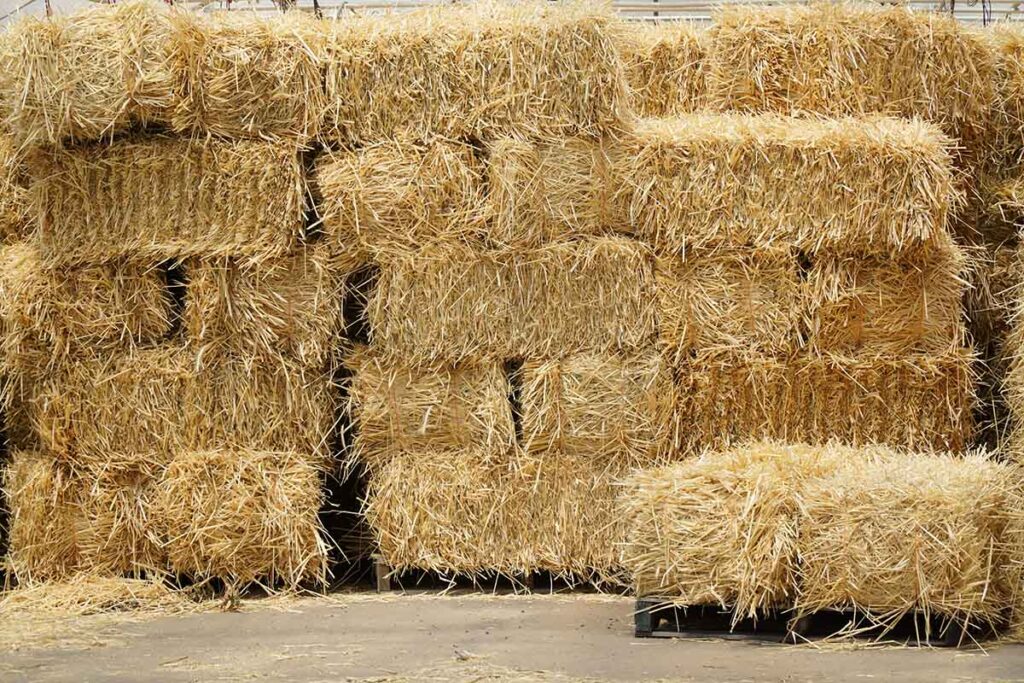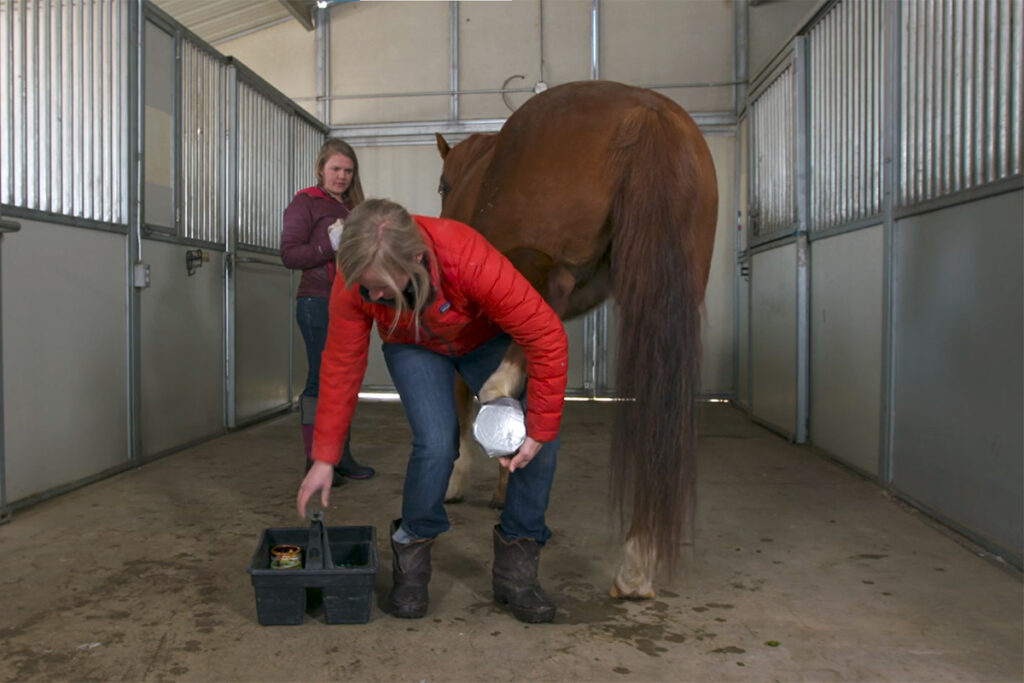As warmer weather approaches, so too do the flies. These pesky insects become more active when the temperatures rise, creating headaches for both you and your horse. They’re particularly attracted to horses and farm environments, causing issues ranging from irritated skin to the constant stomping of hooves to more serious concerns like disease transmission. With the right tools and techniques, however, you can get a jump-start on the flies and keep your horses more comfortable. Here’s how to prepare horses for fly season.
1. Start Early
Know when fly season starts in your geographic area so you don’t get caught unprepared:
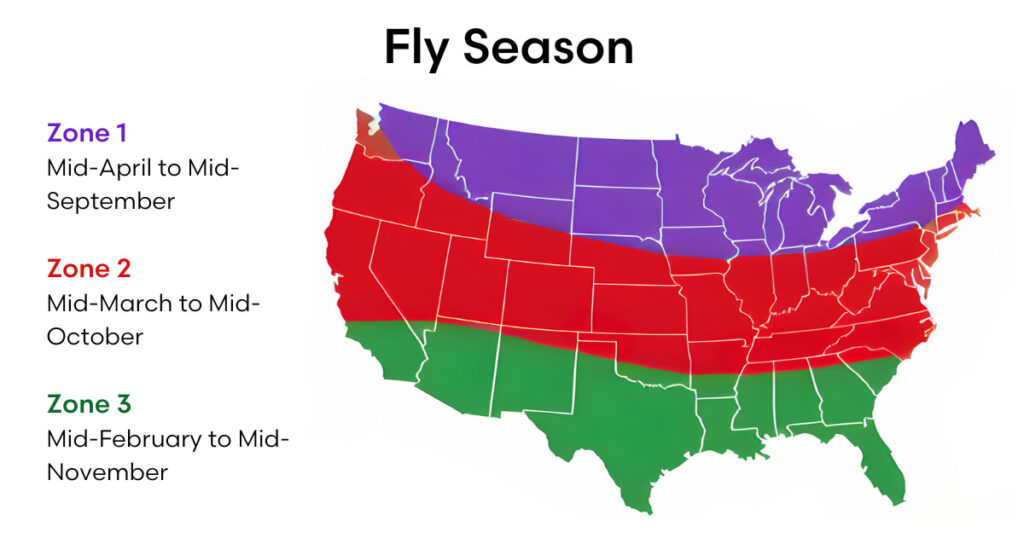
If you’ve had a milder winter than usual, expect flies to surface and begin feeding and breeding even earlier.
2. Clean Up the Farm
Flies are attracted to and reproduce in manure and moist environments. Reducing their breeding grounds is essential to minimizing their numbers. Here’s how:
Manure Management
Remove manure from stalls and paddocks regularly, ideally daily. Flies thrive in fresh manure, so the more frequently you clean, the fewer opportunities flies have to breed.
What, then, do you do with all that manure? One of the simplest solutions is to compost it in a pile far from the barn. Alternatively, you can spread the manure (using a manure spreader) in a thin layer on your pasture to avoid creating a large poop pile and to help fertilize the grass.
Eliminate Standing Water
Flies are also drawn to standing water, which can breed other pests like mosquitoes. Check for water that’s collected in receptacles (e.g., buckets, pots, tires, troughs) around your farm, and dump it out. Ensure good drainage away from the barn and in paddocks so you don’t end up with lots of puddles and muddy areas.
Avoid Attractants
Clean up anything that could attract insects, such as spilled and leftover feed or decaying hay. Keep trashcans and dumpsters sealed, and don’t leave human food sitting out either.
Fly Traps and Bags
Consider hanging fly traps around the farm, especially near manure piles and places with high fly activity. These tools can help reduce the fly population significantly. Just be sure to empty them regularly!
Apply a Premise Spray
Did you know you can use horse-safe insecticides and fly repellents as premise sprays around your property? Use them to spot-treat stalls, barn doorways, patios, trash bins, and anywhere horses and humans frequent.
3. Use Fly Protection for Your Horses
Even with a clean farm, flies can persist. That’s where fly sprays and other protective measures come in. Regularly apply a fly spray designed specifically for equids to your horse’s body. With the right product, you can kill and repel these nuisances before they have a chance to bite your horse.
Fly sprays come in various formulations, from sweat- and water-resistant sprays to all-natural alternatives, so make sure you choose the right one for your horse’s lifestyle, environment, and sensitivity level.
You might also want to buy each horse a properly fitted fly mask and fly sheet. Combined with an effective spray, they can provide extra relief.
4. Apply Fly Spray Properly
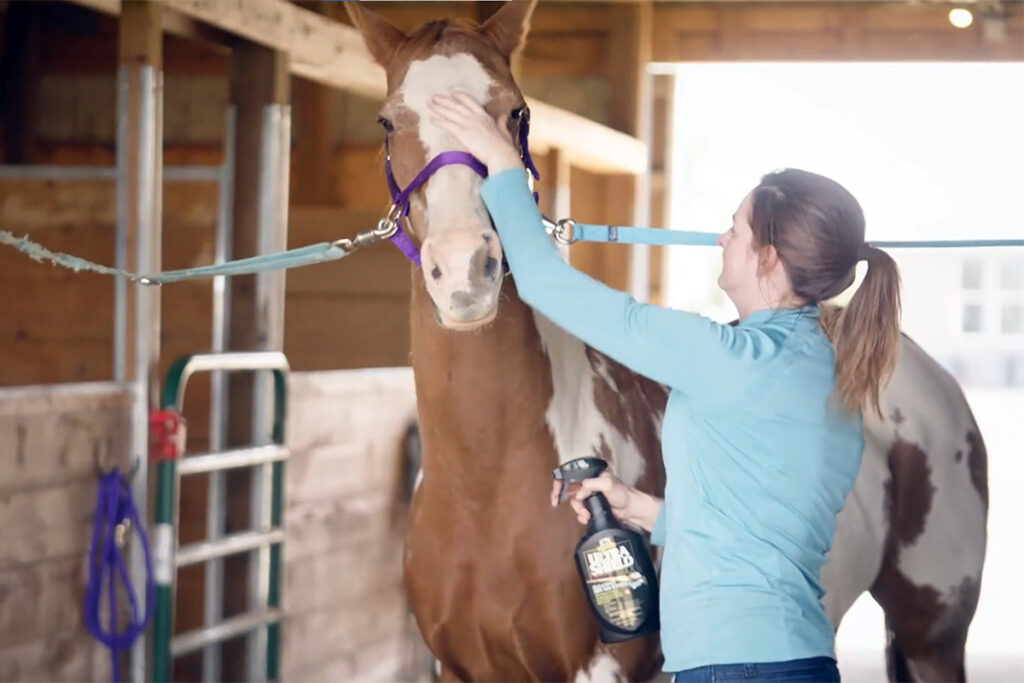
For fly spray to be effective, you must apply it the right way. This includes:
- Shaking the product well before use.
- Following product instructions for application and frequency.
- Brushing your horse before application, because dust and dirt can reduce its efficacy.
- Spraying the right parts of your horse, especially the places flies gravitate toward. This includes the neck, shoulders, back, belly, and legs. Be careful around sensitive spots like your horse’s nostrils and eyes. Spray the product on a cloth and wipe around areas such as the face and ears.
5. Monitor for Problems
Fly season isn’t just about prevention—it’s also about monitoring for signs of irritation or infection. If you notice your horse constantly or excessively swishing his tail, stomping his feet, or rubbing his body, it probably means the flies are becoming a real issue. You might need to ramp up or reassess your fly control strategy.
Keep an eye on your horse’s skin. If you spot signs of redness, welts, or sores, talk to your veterinarian. Some horses develop fly-related allergic reactions, and your vet can recommend the best course of action.
Final Thoughts
Preparing for fly season doesn’t have to be a stressful ordeal. With regular cleaning, the right fly prevention products, and a little bit of effort, you can keep your horses comfortable and protected. The key is to start early and stay consistent, making sure both your horses and your farm are ready for the warm months ahead.
Related Reading: How To Choose and Use the Right Fly Spray for Horses
This article is brought to you by Absorbine.
Are you enjoying this content? Sign up for My New Horse’s FREE newsletter to get the latest horse owner info and fun facts delivered straight to your inbox!

